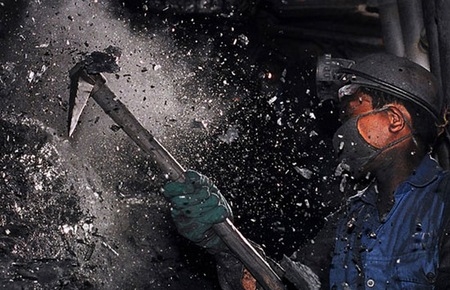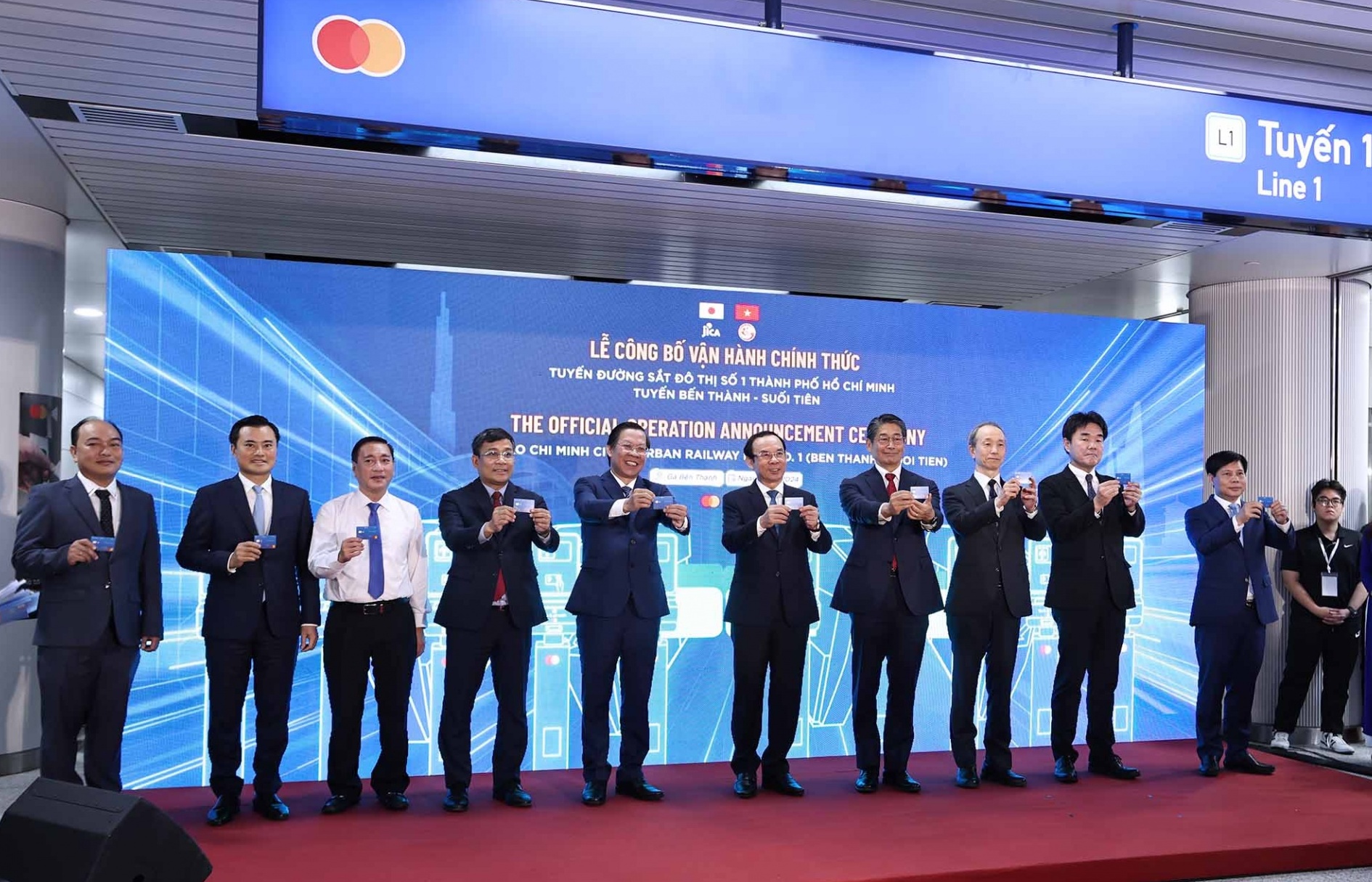Trade-off: energy export or security?

According to the ministry’s (MoIT) estimate, Vietnam's total commercial coal output is likely to reach 40.03 million tonnes in 2015, 43.77 million tonnes in 2016, 50.38 million tonnes by 2020, and 57.49 million tonnes by 2030. 60-95 per cent of this volume is qualified for power generation.
On the basis of the ministry’s estimations on coal consumption and output tendencies, Vietnam will become a net importer as soon as in 2017. The disparity is expected to widen over time, with net imports almost quintupling in size by 2020, reaching an estimated 26.5 million tonnes. Based on statistical data currently available, Vietnam will need to import roughly 52 per cent of its annual domestic coal output to cover the rising energy demand.
Vinacomin deputy general director Nguyen Van Bien said that in the first six months of this year, the group estimated to have generated a revenue of VND45 trillion ($2.09 million), up 2.5 per cent from the same period last year.
"As the government requested the cessation of coal dust export in early 2015, we restricted exports to several hundred thousand tonnes of high-quality coke coal and coal dust to Japan. This figure is far lower than that of previous years," Bien disclosed.
Vinacomin aims to sell 38 million tonnes of coal in 2015, two million tonnes of which will be exported. Laos and Japan remain Vietnam's major export markets in this area. The group exported six million tonnes of coal in 2014, and 14 million tonnes in 2013.
Meanwhile, Dong Bac Corporation plans to sell 4.8 million tonnes of coal this year, 4.55 million tonnes of which will be sold at home and 250,000 tonnes will be shipped abroad, mostly in Japan, which imported 877.34 tonnes of Vietnamese coal worth $109 million in 2014.
What the stars mean:
★ Poor ★ ★ Promising ★★★ Good ★★★★ Very good ★★★★★ Exceptional
Latest News
More News
- Decoding the variables shaping investments in 2025 (December 13, 2024 | 10:53)
- Vietnamese enterprises embrace value creation model (December 13, 2024 | 09:00)
- Happy Vietnam awards honour photo and video artists (December 13, 2024 | 08:54)
- Vietnam unveils 2024 rankings of top employers and value-driven enterprises (December 12, 2024 | 17:00)
- ‘Blockbuster’ Eaton Park sells out just one week after launch (December 12, 2024 | 08:00)
- German businesses remain upbeat about Vietnam (December 11, 2024 | 15:45)
- Tech giants bet big on Vietnam's future (December 10, 2024 | 17:53)
- Forum on green solutions for industrial parks and investment promotion organised in Vinh Phuc (December 09, 2024 | 19:08)
- Vietnam and GGGI launch plan for green growth and climate action (December 08, 2024 | 20:38)
- FTZs to open regional doors for logistics (December 07, 2024 | 10:00)
















 Mobile Version
Mobile Version